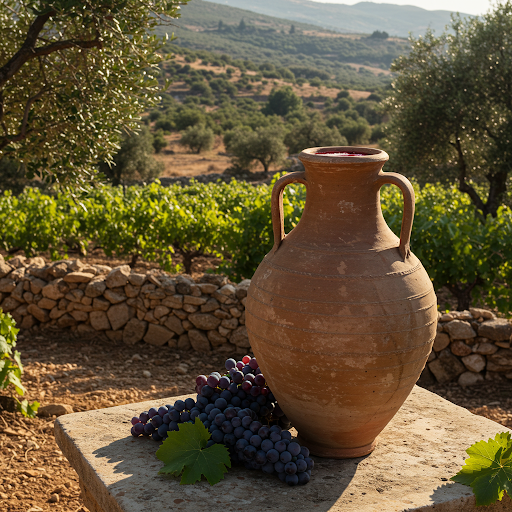Greece’s Ministry of Culture announced there has been a huge discovery made at a neolithic settlement that is located in Central Greece, dating back to 6,000 – 5,800 BC.
Parts of the discovery. Photo by Ministry of Culture
The settlement, known to archaeologists as Koutroulou Magoula, from a local toponym, underwent its tenth season of excavation, with major discoveries having been made.
A large, middle-Neolithic building was found, with stone walls measuring a total of 9.5 meters in length and nearly 8.5 meters in width.
This makes the building one of the largest of this period to be found in Greece.
It also appears to have been supported by a massive external buttress. Its function remains unclear, but preliminary results indicate it was used over a long time and underwent rebuilding and modifications. At certain periods it also seems to have been shared with domestic animals. Another significant find is a complex of heavily burnt, closed pottery kilns found near the edge of the settlement. One of the kilns preserves extremely well its plastered floor, parts of its plastered walls and dome, and other architectural features. It was built on a coarsely plastered platform.
“This is an extremely important find and an indication of the technological sophistication of the Neolithic inhabitants of the site,” noted Dr Nina Kyparissi-Apostolika, honorary ephor at the Ephorate of Palaeoanthropology and Speleology, and co-director of the excavation with professor Yannis Hamilakis of Brown University.
Photo by Ministry of Culture
Excavations this year proved beyond any doubt that the settlement in the Neolithic was surrounded by perimeter ditches, large, seemingly communal works with multiple social, symbolic and practical functions. The natural bedrock had been cut by people in the Neolithic to form steps in order to facilitate digging, but also enable its continuous use for collecting water and possibly clay.
“Given the size of the settlement, the time and effort invested in the creation and maintenance of this system of ditches would have phenomenal. These ditches would have been a central feature in the material and social life of the community,” noted professor Hamilakis.
Source: ANA-MPA










